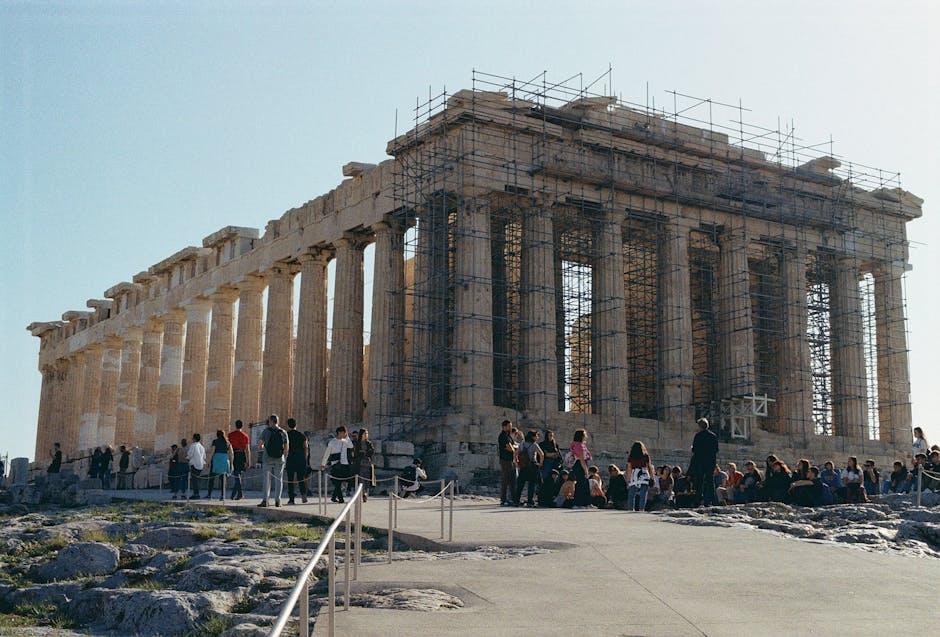The debate over whether classic films should be digitally restored or preserved in their original form is a captivating intersection of art, technology, and cultural preservation. As cinema continues to evolve, the question of how best to honor its storied past becomes increasingly complex. On one hand, digital restoration offers a chance to revive aging films, enhancing visual and audio quality to meet modern standards. On the other, purists argue that such interventions risk diluting the authenticity and historical integrity of the original works. This article delves into the multifaceted arguments surrounding this issue, exploring the implications for filmmakers, audiences, and the legacy of cinema itself.
Evaluating the Artistic Integrity of Classic Films
In the debate over whether classic films should be digitally restored or left in their original state, the question of artistic integrity looms large. Digital restoration can enhance the visual and auditory elements of a film, making it more accessible and enjoyable for contemporary audiences. It often involves correcting color, repairing damaged frames, and enhancing sound quality, all of which can bring a fresh appreciation for the artistry involved. However, purists argue that these enhancements may alter the director’s original vision, potentially compromising the film’s authenticity.
On the other hand, preserving the original format respects the historical context and technological limitations of the time. Considerations include:
- Historical Value: Maintaining the original format preserves the cultural and historical significance.
- Authenticity: Retaining the original sound and visuals keeps the film true to its creator’s vision.
- Viewer Experience: Modern audiences may find original formats challenging, impacting the film’s reception.
Balancing these factors requires a nuanced approach, weighing the benefits of technological advancements against the sanctity of the original artistic expression.

Technological Advancements in Film Restoration
In the realm of cinema, the intersection of technology and art has given rise to remarkable innovations in film restoration. Modern techniques such as digital scanning and AI-driven enhancement have transformed how we preserve classic films. These advancements allow for the meticulous repair of damaged frames, the correction of faded colors, and the removal of scratches and noise, often resulting in a version that is both visually stunning and true to the director’s original vision.
- Digital Scanning: Converts film reels into high-resolution digital files, providing a foundation for detailed restoration.
- AI-driven Enhancement: Utilizes algorithms to enhance image quality and restore missing details.
- Color Correction: Adjusts and revitalizes colors to match the intended palette.
While purists may argue that such processes strip away the authentic experience, the goal of restoration is not to alter the film’s essence but to make it accessible to future generations. This delicate balance between preservation and innovation underscores the potential of technology to breathe new life into cinematic history.

Balancing Nostalgia with Modern Expectations
In the realm of cinema, the debate between preserving the original essence of classic films and adapting them to meet contemporary standards is both intriguing and complex. Nostalgia holds a powerful sway, often drawing audiences to the raw, untouched charm of films as they were initially crafted. Yet, the evolving landscape of digital technology presents an opportunity to enhance these classics, potentially broadening their appeal and accessibility. When considering digital restoration, it’s crucial to weigh the benefits of improved visual clarity and sound quality against the risk of losing the film’s authentic atmosphere.
- Preservation of Originality: For purists, maintaining the film’s original format respects the director’s initial vision and the cultural context of the era.
- Enhanced Experience: Digital restoration can breathe new life into a film, allowing modern audiences to experience it with refined detail and vibrant colors.
- Wider Accessibility: Restoration often includes subtitles and dubbing options, making films accessible to a global audience.
- Artistic Integrity: The challenge lies in enhancing a film without compromising its original narrative and aesthetic intent.
Ultimately, the decision to restore or preserve should consider both the filmmaker’s vision and the audience’s evolving expectations, striking a balance that honors the past while embracing the future.

Crafting Guidelines for Ethical Restoration Practices
When approaching the delicate task of restoring classic films, it’s crucial to consider both the historical significance and the artistic intent of the original creators. Ethical restoration practices prioritize authenticity and respect for the film’s original context. Here are some guidelines to consider:
- Preserve Originality: Any restoration should aim to maintain the film’s original look and feel. This means avoiding alterations that might modernize or distort the original vision.
- Transparency: Clearly document and communicate any changes made during the restoration process, ensuring that audiences understand what has been altered.
- Respect Cultural Context: Consider the cultural and historical context in which the film was created, allowing the work to speak for its time while acknowledging its impact today.
- Balance Technology with Tradition: Utilize digital technology to enhance the viewing experience, but avoid over-processing that can strip away the film’s authentic texture and atmosphere.
Ultimately, the goal is to honor the legacy of these cinematic treasures while making them accessible to new generations. This balance between preservation and innovation ensures that classic films continue to inspire and resonate.

